
漢德百科全書 | 汉德百科全书





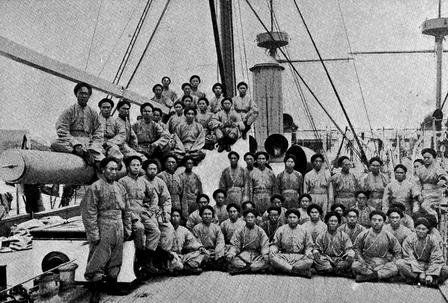


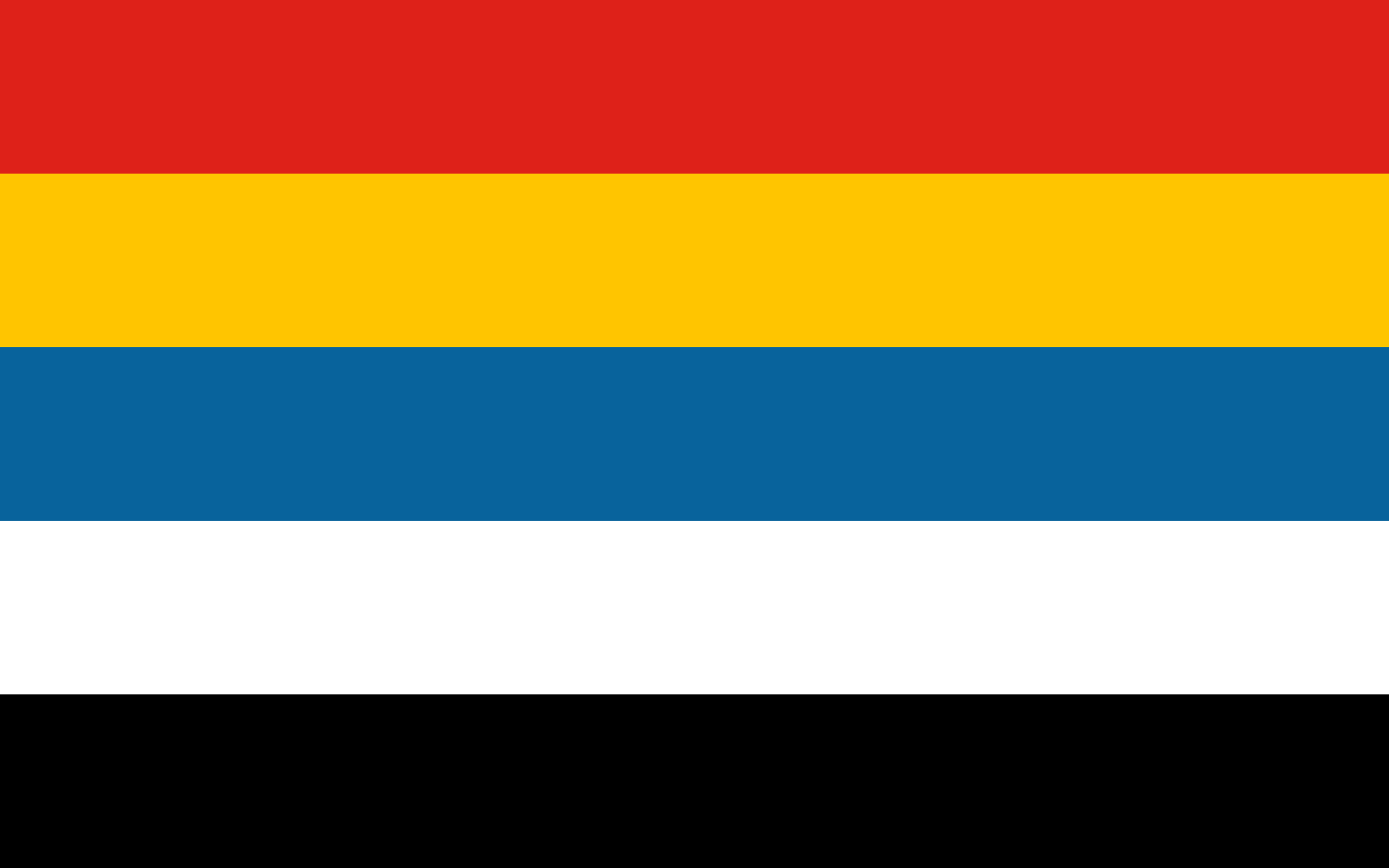
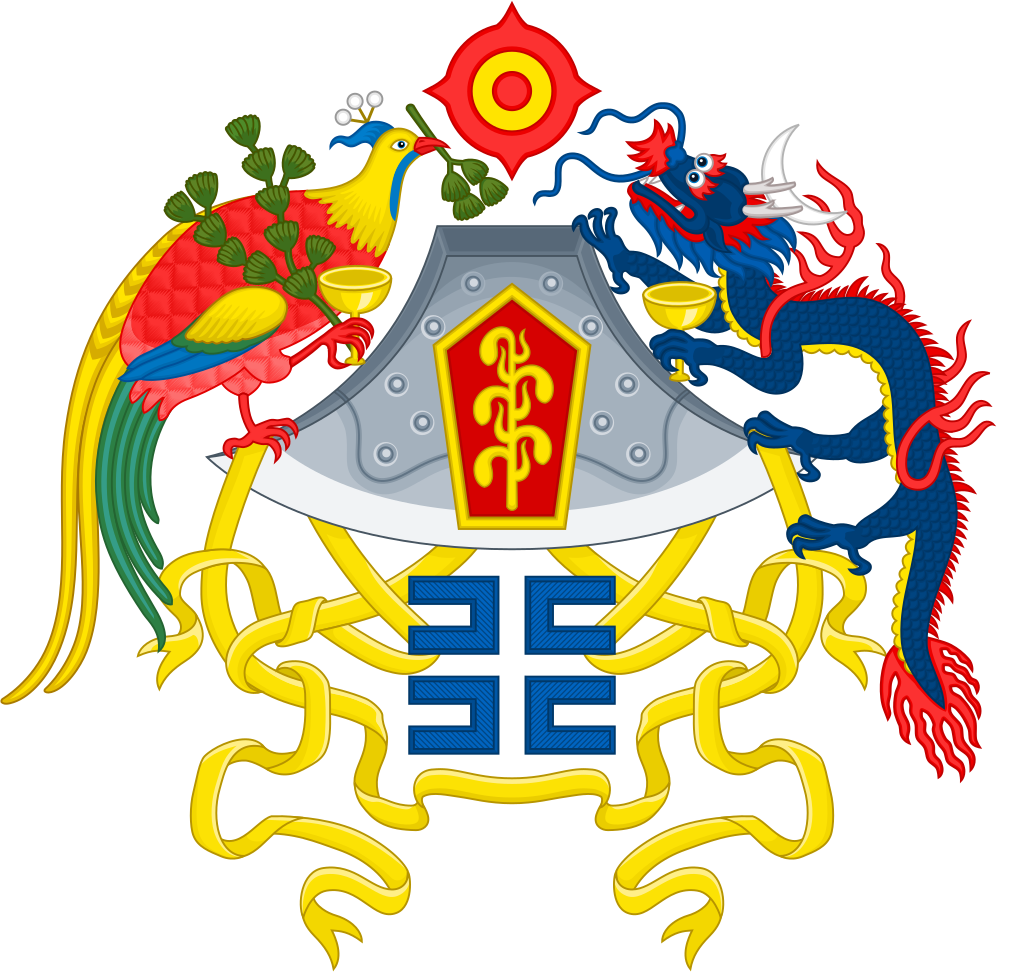

Benito Amilcare Andrea Mussolini (* 29. Juli 1883 in Dovia di Predappio, Provinz Forlì; † 28. April 1945 in Giulino di Mezzegra, Provinz Como) war ein italienischer Politiker. Er war von 1922 bis 1943 Ministerpräsident des Königreiches Italien. Als Duce del Fascismo („Führer des Faschismus“) und Capo del Governo („Chef der Regierung“) stand er ab 1925 als Diktator an der Spitze des faschistischen Regimes in Italien.

Benjamin Franklin (* 6. Januarjul. / 17. Januar 1706greg. in Boston, Province of Massachusetts Bay; † 17. April 1790 in Philadelphia, Pennsylvania) war ein amerikanischer Drucker, Verleger, Schriftsteller, Naturwissenschaftler, Erfinder und Staatsmann.
Als einer der Gründerväter der Vereinigten Staaten beteiligte er sich am Entwurf der Unabhängigkeitserklärung der Vereinigten Staaten und war einer ihrer Unterzeichner. Während der Amerikanischen Revolution vertrat er die Vereinigten Staaten als Diplomat in Frankreich und handelte sowohl den Allianzvertrag mit den Franzosen als auch den Frieden von Paris aus, der den Amerikanischen Unabhängigkeitskrieg beendete. Als Delegierter der Philadelphia Convention beteiligte er sich an der Ausarbeitung der amerikanischen Verfassung.
Franklins Leben war in hohem Maße von dem Willen geprägt, das Gemeinwesen zu fördern. Er gründete die ersten Freiwilligen Feuerwehren in Philadelphia sowie die erste Leihbibliothek Amerikas und konstruierte einen besonders effektiven und raucharmen Holzofen. Auch machte er wissenschaftliche Entdeckungen, er erfand unter anderem den Blitzableiter.
Er war Sohn eines Seifen- und Kerzenmachers und machte zunächst eine Karriere als Drucker, bevor er sich im Alter von 42 Jahren aus dem Geschäftsleben zurückzog und in die Politik ging. Sein sozialer Aufstieg galt – befördert durch seine in zahlreichen Auflagen gedruckte Autobiographie – über lange Zeit hinweg als ein Musterbeispiel dafür, wie man sich aus eigener Kraft und mit Disziplin emporarbeiten kann.
本杰明·富兰克林 FRS FRSE(英语:Benjamin Franklin,又译范克廉[2],1706年1月17日—1790年4月17日[3]),出生于美国麻省波士顿,美国国父、开国元勋之一。他是杰出的政治家、外交家、科学家、发明家,同时亦是出版商、印刷商、记者、作家、慈善家、共济会的成员。作为科学家,他因电学发现和理论成为美国启蒙时代和物理学史上重要人物。作为发明家,他因避雷针、双目眼镜、富兰克林壁炉等闻名。[4]他创立了许多民间组织,包括费城消防站和宾夕法尼亚大学。[5]
富兰克林很早就不懈倡导殖民地团结,最初以作者和发言人身份在伦敦呼吁,被誉为“美国第一人”。作为美国驻法国第一任公使,他成为新生国家榜样,[6]其所领导的公使馆亦成为美国建国后最早的驻外代表机构。富兰克林在美国民族精神上起奠基作用,倡导实用节俭、艰苦奋斗、教育明哲、团体精神、自治政府,反对政治和宗教威权主义,富有启蒙运动的科学和包容精神。历史学家亨利·斯蒂尔·康马格[7]称:“富兰克林出清教徒精神而不染,濯启蒙运动光芒而不妖。”[8]沃尔特·艾萨克森认为这让富兰克林:“成为当时美国成就之最,在创立美国社会形式上影响最深。”[9]
费城是殖民地大都,富兰克林是该城成功的报纸编辑和出版人,在23岁时出版《宾夕法尼亚报》[10]。[11]富兰克林用笔名“理查德·桑德斯”出版《穷理查年鉴》,由此致富。在1767年后,他参与《宾夕法尼亚纪事》报[12],该报主张革命,批评英国政策。
1751年,富兰克林协助创办费城学院,担任首位校长,学院后为宾夕法尼亚大学。他组织创办美国哲学会,任首位秘书,在1769年担任主席。富兰克林代表众殖民地前往伦敦,力劝议会撤销不得人心的印花税法案,成为美国民族英雄。作为杰出外交家,他在法国巴黎大受欢迎,在建立积极的美法同盟上贡献巨大,这些努力在美国独立战争期间起关键作用,确保革命能从法国获得补给。
在费城做邮政多年后,富兰克林于1753年成为殖民地邮政代理总长,建立首个全国通讯系统。在革命期间,他成为美国首任邮政总长。富兰克林积极参与社区、殖民地、州际、全国、国际各项事务。1785至1788年,他担任宾夕法尼亚州长。最初,富兰克林拥有并贩售奴隶,但到1750年他释放仆人,从经济角度表示反对,成为废奴主义者中杰出代表。
富兰克林人生传奇多彩,科学与政治上遗产丰富,在众开国元勋中雄踞鳌头,之后两个世纪纪念不断,多次在美国硬币或纸币(半美元硬币/100美元纸币)、舰船、城郡、学院、公司及各类文化活动再现。



Peter the Great at Deptford in 1698
Peter the Great's trips to Europe
All researchers of the history of the Russian Academy of Sciences and the first Russian state public museum, the Kunstkamera, unanimously bond the idea of the establishment of these oldest Russian scientific institutions with the experience which Peter I gained during his trips to Europe.
Peter the Great was the first Russian Tsar to visit European countries. His first long trip to Europe took place in 1697–1698, within the frame of his so-called “Grand Embassy,” while the second one occurred twenty years later, in 1716–1717.
In between these diplomatic missions, Peter visited a number of cities in North Germany and Denmark in 1711-1713, during the military campaign of the Great Northern War.
Peter tried to stay incognito during the Grand Embassy and took part in it as a Peter Mikhailov, uriadnik (approximately corresponds to the modern military rank of “sergeant”) of the Preobrazhensky Regiment, although his recognizable appearance was hard to disguise. A special wax seal, which the Tsar was setting on each of his letters during his travel, had the inscription: “I am a pupil looking for mentors.”
He delegated the mission of important diplomatic negotiations with European monarchs to three “grand plenipotentiary ambassadors:” Franz Lefort, Fyodor Golovin, and Prokopy Voznitsyn, but de-facto, Peter himself quite frequently participated in negotiations with foreign sovereigns. He believed that this was an easier way for him to get acquainted with everyday life of European citizens, master different crafts, and, among other things, attend private collections of curiosities and scientific cabinets. Together with the Embassy, Peter the Great visited a number of cities in Livonia, Kurland, Prussia, Saxony, Holland, England, and Austria.
During his second travel to Europe in 1716–1717, Peter visited Danzig, Hamburg, Pyrmont, Mecklenburg, Rostock, Copenhagen, Bremen, Amersfoort, Utrecht, Amsterdam, Saardam, Hague, Leiden, Rotterdam, and Paris.
During these journeys Peter was always, whenever possible, meeting with European scholars, visiting private collections and galleries, and natural history cabinets. He used the opportunities of such meetings to invite all sorts of specialists, including academics, to come to work in Russia. Peter was personally and through his envoys establishing connections with book publishers in Holland and Germany; he organized purchases of a number of collections for the Apothecary Prikaz and, later on, for the Kunstkamera; studied anatomy and other sciences. Participants of the Grand Embassy also visited other cities and countries, where, upon Peter’s instructions, they were meeting with academics and publishers, and touring private museums and collections.
Indeed, from the documents, memoirs, and the chronicle of the Grand Embassy (“Journal of Daily Records”) it is known that in all cities visited by Peter the Great, he had a great interest in touring private museums and collections, part of which belonged to royal courts of Europe, and partly to scientists and owners of major trade companies (e.g., Dutch East India Company). It is known that only in Holland, a country which had produced the strongest impression on Peter, in the end of the 17th century, there were several tens of private museums and collections.
A far from complete list of private collections and museums visited by Peter the Great during his travel to European countries in 1697–1698 looks as follows:
– Collection of East-Indian and antique rarities, ship models and machines belonging to Nicolaes Witsen, Mayor of Amsterdam, Administrator of the Dutch East-Indian Company and a scholar
– Collection of antiquities “including coins, medals, and various minerals” of Peter Nicolaes Kalf in Saardam
– Anatomical and zoological museum of the professor of anatomy and botany in Amsterdam, Frederick Ruysch
– Amsterdam Botanical Garden with greenhouses and a museum with samples of the aquatic fauna from the overseas possessions of Holland (accompanied by Fr. Ruysch)
– East-Indian Yard in Amsterdam, where in the company’s buildings collections of Chinese and East-Indian weapons, Chinese paintings and maps were exposed, and a number of rooms were decorated with rare plants
– Home museum of merchant Jacob de Wilde, who had a valuable collection of antiquities: bronzes, carved stones, coins
– Cabinet of Nicolas Chevalier in Utrecht (Later on, in 1721, J. Schumacher acquired from the heirs a part of this collection for the Kunstkamera);
– Peter I visited A. Van Leeuwenhoek, naturalist and founding father of scientific microscopy, and scrutinized his cabinet with the collections
– Botanic Garden and Anatomical Theatre of Leiden University
– Museum of the London Royal Society and Mint collections in the Tower
– Ashmolean Museum in Oxford
– Royal Kunstkamera in Dresden
– Armory, Kunstkamera, and Art Gallery in Vienna, at the court of Emperor Leopold I.
Peter had visited many of these collections and Kunstkameras during his second long journey to Europe in 1716–1717.
In some cases we know the details of Peter’s visits for exploring the collections, which clearly point up his interests. For example, there is a detailed description of his daily visits to the Kunstkamera in Dresden during his short stay in this city in June 1698. Peter arrived in Dresden in the late afternoon and, after dinner, asked to show him the famous Kunstkamera. Vice-regent Furstenberg took him there at one o’clock in the morning, and the Tsar was scrutinizing the collections till the morning; he was particularly meticulous in familiarizing with mathematical instruments and handicraftsman's implements. Next day, after the lunch and visit to Kurfürst’s mother, he visited the Kunstkamera again. On the third day, after watching military exercises, Peter visited the mould yard and, once again, the Kunstkamera. One more time Peter had visited the Dresden Kunstkamera during his stay in Dresden in September 1711[2]. In the course of his third visit to Dresden in November 1712, Peter stayed in the house of the court’s jeweler Johann Melchior Dinglinger. In the collection of “Grünes Gewölbe” (former Kunstkamera), there is a small enamel portrait of the Russian Tsar made by the jeweler’s brother, Georg Friedrich Dinglinger, in remembrance of these visits to Dresden.
In1717, when Peter I got the word that in the collection of Dutch collector Goswin Uylenbroek a Roman sarcophagus is treasured, he took a fancy to see it. The owner made a record of the details of this visit: “When Tsar Peter the Great did me the honor to see my cabinet, and the thing had to be placed into a dark storeroom because of its huge size, His Highness asked for two candelabrums with candles and kneed down to look thoroughly around the whole sarcophagus and each figure on it in all details”.


比利牛斯条约(Treaty of the Pyrenees)是法国路易十四与西班牙腓力四世之间的条约,订于1659年11月17日,它结束了1648年至1659年之间发生的法西战争。
西班牙国王腓力四世因没有得到哈布斯堡的支援,而决定割让边界领土给法国以和平结束战争。该协定还包括法国国王路易十四世和西班牙公主玛丽·泰蕾莎之间的婚约,公主的嫁妆为50万金埃居,分三笔付清。1660年6月9日,婚礼在法国南部城市圣让德吕兹举行。这婚约使未来的路易,成为欧洲权力最大的国王。
Der Pyrenäenfriede (auch Pyrenäischer Friede) war der Friedensschluss zwischen Frankreich und Spanien am 7. November 1659. Er beendete den seit 1635 andauernden Französisch-Spanischen Krieg.
Die kriegerischen Auseinandersetzungen zwischen Frankreich und Spanien hatten den Westfälischen Frieden überdauert. Einerseits hatte Frankreich in Spanien interveniert (Aufstände in Katalonien, 1640 bis 1652), andererseits hatte Spanien die Fronde unterstützt.
Der Vertrag wurde an einem neutralen Ort, der Fasaneninsel im Fluss Bidasoa in der Nähe von Hendaye (Frankreich), unterzeichnet.


 Transport and traffic
Transport and traffic
 History
History

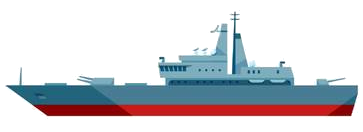
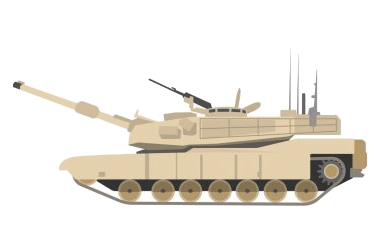

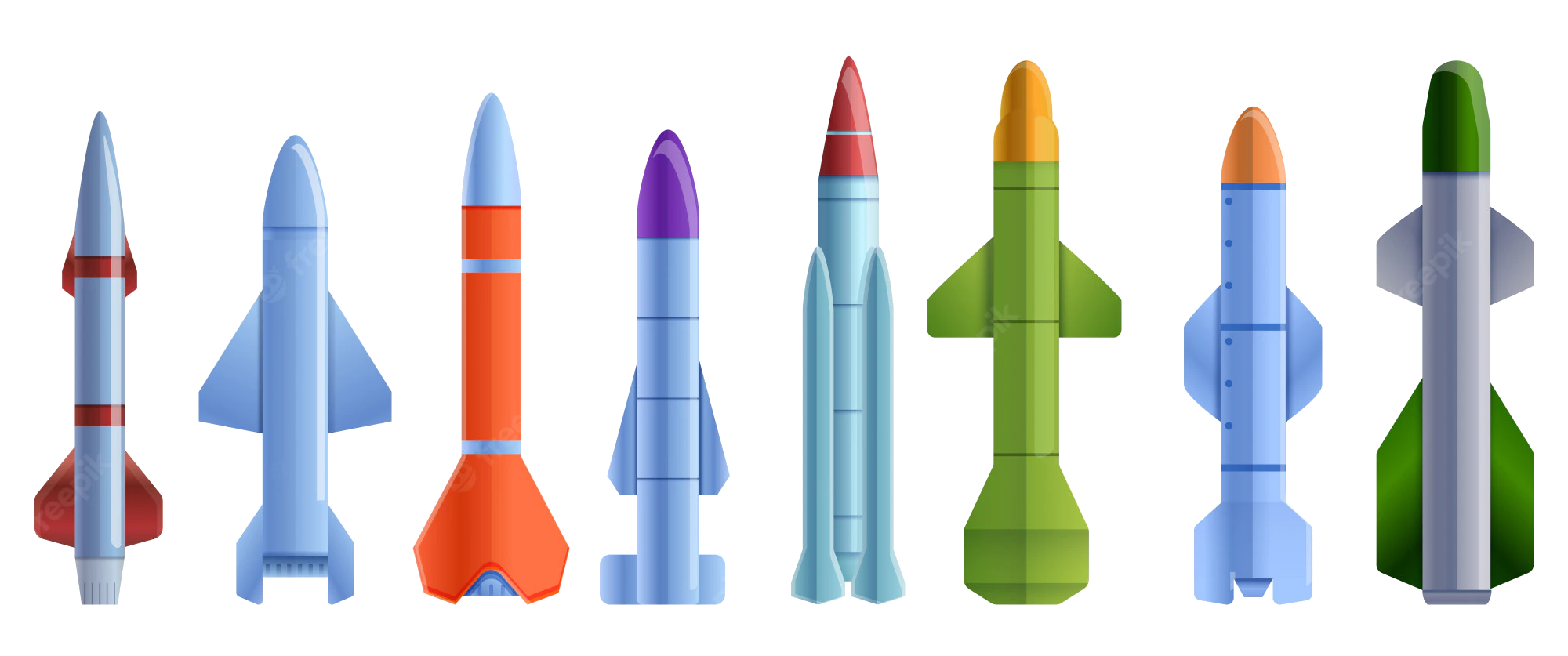 Military, defense and equipment
Military, defense and equipment
 Science and technology
Science and technology
 Financial
Financial
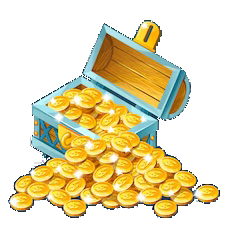 Historical coins, banknotes
Historical coins, banknotes
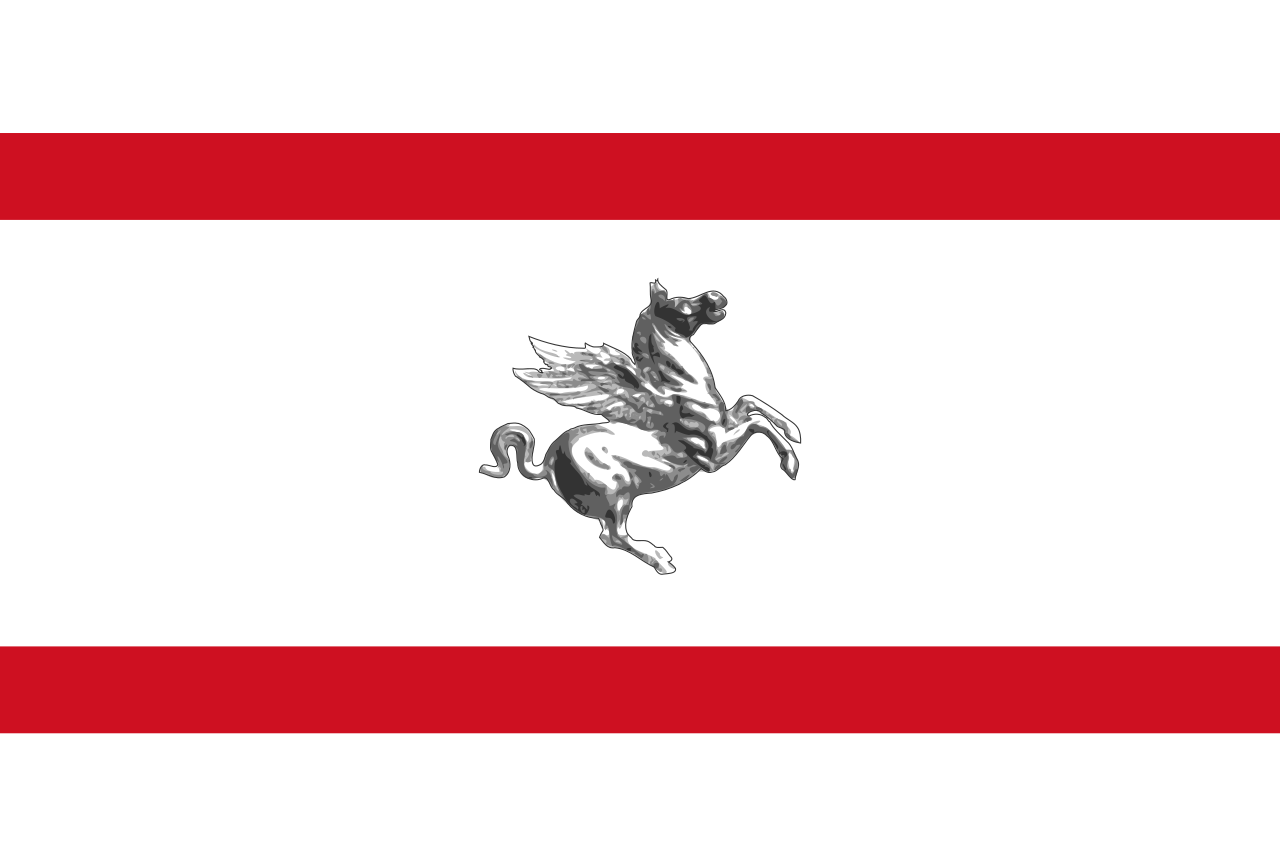 Toscana
Toscana
